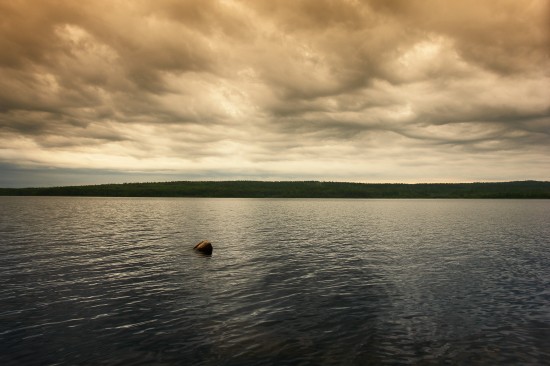
Filter Photography Part 1: Waxing Philosophical
“Wow, did it really look like that?”
Photographers are often asked this question. Well, it could be an hour long philosophical discussion, but if you want to be absolutist about it the answer should invariably be “no”. After all, photography is an art, which makes its job to reflect or distort reality, but never to reproduce it perfectly. Reproducing it perfectly would just be called “reality”. If you agree with me so far, it’s hard to argue that any picture is a perfect representation of what was really around when the shutter opened – and this invites a slippery slope argument. How much alteration is too much? Honestly if you can argue your point well I’ll probably agree with whatever it is, but instinctually (these days) I tend to be of the school of thought that says “if you altered it on the spot, that’s photography. If you added things after, that’s digital art. This is a crass and simplified version of my real opinion. If you take away parts, is that photography? Sure, if you’re cropping the photo. . . no, if you’re deleting a power line that crosses into your perfect sunset photo. I think we all have our internal compass for what is a deceiving alteration and what is well within the artistic license of a photographer to submit as “unphotoshopped” to use the parlance of our times (anyone catch the Lebowski reference there?) There are no “rules” in photography.
There are rules in optics, which can’t be broken, but photography “rules” are really just guidelines, and some of the best shots violate some of these while strictly adhering to others. Photography, being an art, is a result of human interpretation and interaction, and so follows all the trends all such arts follow: the tendency to evolve. Just like words and phrases which were one day unacceptable English have wandered their way into the Urban Dictionary and subsequently into Webster’s to take their seats in the throne of modern English, music has evolved. Dance, sculpture, film, design and photography are certainly no exception. These are all democratic processes, with certain individuals breaking rules and being deemed ‘fringe’ or ‘unacceptable’ and others doing the same and being seen as trend setters. Whatever most people are doing is usually okay. It is through these mechanisms that something such as filter photography, which is deemed by some purists to be “falsifying or doctoring” has gained wider acceptance with use. Here’s the interesting part. The propagators of what is “okay” in photography are not just the photographers. In fact I would say they are minimally so. After all, what is an art without an appreciator? An audience? It is the people who view the work that are accepting what works and what doesn’t, and it all boils down to one thing: the aesthetic.
“Is it real?” is not the question, but “Does it look like something that could be real?” is the question. If the answer to the second question is no, then the impact of the piece is diminished. If it is yes, then whether or not it happened that way really takes a back seat to what the piece is saying. This is true for writing as well. Non-fiction has the advantage of forcing this instant credibility on itself by declaring itself real no matter how unreal it seems. People get really worked up when they find out that this credibility was falsified. Ever heard of “A Million Little Pieces.”? The second question above (“could this be real?”) is what filter photography addresses. Cinematography is a great example of a form of film that accesses wide audiences, and for me personally, has driven a lot of my acceptance of the power of the coloured filter. The Matrix is an example that sticks out in my mind. The use of green filters added an effect otherwise unachievable. Popular shows such as CSI (particularly Las Vegas) love to use gradated tobacco filters to achieve a dramatic darkening of the sky. Check Filter Photography 2 for some examples and details.



